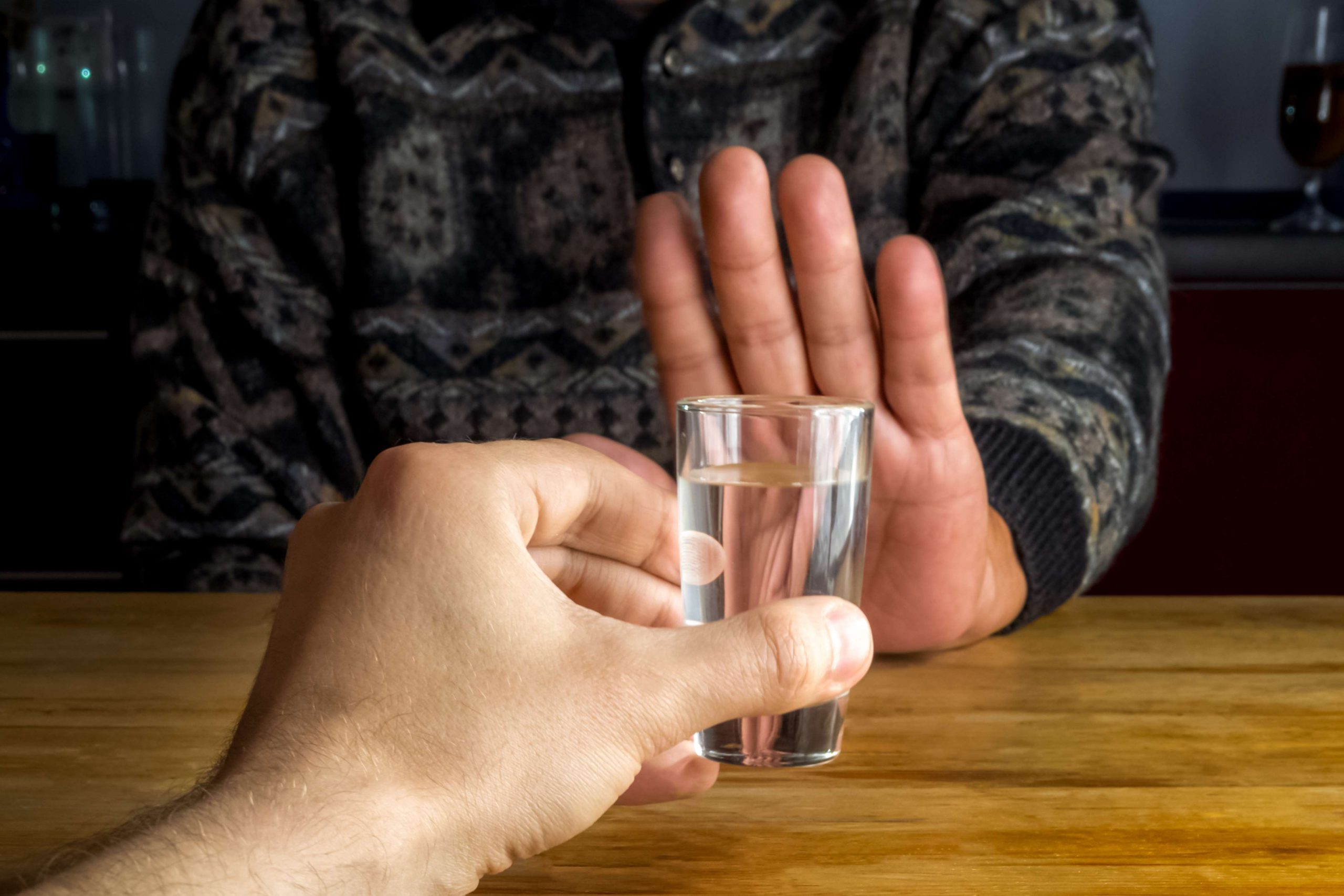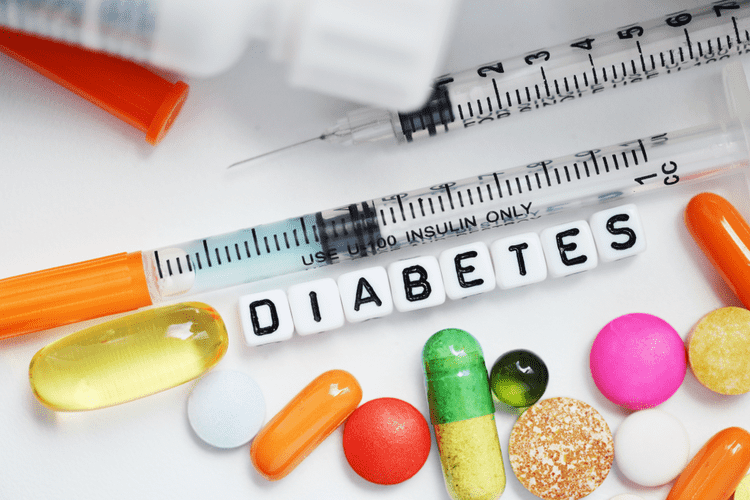Content
If you believe you or someone you love may be struggling with addiction, let us hear your story and help you determine a path to treatment. Discover how we’re providing personalized treatment based on breakthrough research. Drinking water is essential, but individuals should also consume beverages with electrolytes. Electrolytes are important nutrients, including calcium, sodium, and potassium. Detoxing can be an emotional and stressful experience, so be sure to have support if you are doing it alone. Get cost-effective, quality addiction care that truly works. Overall, do whatever you can to make yourself as comfortable as possible.

To be sure, the safest ideal environment will always be an inpatient one. Inpatient detox programs will likely begin with an initial evaluation to determine your individual needs.
However, treatment is available and can be highly effective. If a person has alcohol use disorder, their body gets used to a certain amount of alcohol in their system. This process can be similar to cutting down on nicotine or reducing one’s dosage of antidepressants.
What Precautions Are Necessary For A Safe Home Detox?
Ideally, this schedule will be determined with the assistance of a doctor or addiction treatment professional. If you’ve been drinking alcohol on a regular basis in large amounts, quitting alcohol alone cold-turkey can be dangerous. Tapering off alcohol, or entering a medical detox program, is the safest way to reduce or stop drinking.
- Additionally, meditation can help you clear your mind and focus on the advantages of detoxing from alcohol.
- These professionals may even administer medications to ease physical withdrawal symptoms and make this process easier.
- The purpose of tapering is to give your body just enough alcohol to soothe withdrawal symptoms without getting intoxicated.
- Unfortunately, quitting is not an easy process, and people who drink a considerable amount of alcohol are at risk of experiencing withdrawal symptoms.
- Great natural ways to stop alcohol cravings is eating a healthy diet.
- Sometimes, people cannot share their experience of detoxing with others .
Symptoms of alcohol withdrawal include loss of appetite, nausea, and fatigue. Drinking fluids like water, broth, and juice help a person detoxing stay hydrated and remove toxins from their body.
What Are Common Alcohol Withdrawal Symptoms?
If you’re able to ride out this wave each time it happens, you’re more likely to avoid the temptation to drink. At the very least, check in with someone throughout the process and ask that they check on you, too. This ensures medical professionals can be alerted if something goes wrong. Often, someone with a desire to stop alcohol detox at home safely using drugs or alcohol chooses a quit date. They start avoiding substance use triggers and engage in activities that keep their mind off of using. If you have questions about alcohol withdrawal treatment or home detox, call The Recovery Village to speak with a representative about how professional treatment can help you.

The most effective way to prevent alcohol withdrawal syndrome is to avoid drinking or drinking only in moderation. A hangover occurs when a person drinks too much alcohol at one time. Alcohol withdrawal syndrome occurs when a person with alcohol use disorder stops or suddenly decreases their alcohol intake. While some of the symptoms of alcohol withdrawal syndrome are similar to a hangover, they are not the same condition. Alcohol withdrawal syndrome and a hangover have different causes.
Detox Safely At Home: Treatment Services For Alcohol Dependence
There is no set timeline as the symptoms of alcohol withdrawal at home will be different for every person. Many individuals believe the misconception that detoxing from alcohol at home is safer than other drugs. When a person attempts to detox from alcohol without professional help, they may face serious, potentially life-threatening risks.
How to Reimagine Your Relationship to Alcohol – The New York Times
How to Reimagine Your Relationship to Alcohol.
Posted: Fri, 15 Jan 2021 08:00:00 GMT [source]
However, the early stages of sobriety pose a dangerous risk for medical complications. People also face the highest risk of relapse during this time. Additionally, if you used other substances while drinking—such as heroin, prescription medications, cocaine, or meth—withdrawal symptoms may be worsened or unpredictable. Now that you’ve read this article, you should be better prepared to detox from alcohol. While detoxing from home can save you money, the truth is, the best way to detox is in a medically-supervised environment.
You can call and verify your benefits with your insurance provider, but many treatment facilities will also help you understand your coverage and determine your eligibility. The main point here is that you know there are options for you to get the alcohol treatment you need in a safe environment that promotes success. Recurrence of use or relapse is when a person in recovery returns to using drugs or alcohol.
Alcohol Detox At Home
Just because you are dealing with your alcohol withdrawal at home, does not mean you should do it alone. Find a friend or family member who is willing to stay with you while you detox. Your loved one will be able to help you through your withdrawal symptoms and contact medical professionals if your symptoms become too severe. Many people believe that alcohol detoxification is not as dangerous as detoxing from other drugs. There are severe, potentially life-threatening risks involved with alcohol detoxification, especially when detoxing at home.

But with professional help, recovery is possible, and the family unit can heal. We wish you the best of luck in your journey to quit drinking. Be sure to line up a friend or family member to stay with you through the process.
Is Home Detox Safe For Alcohol Withdrawal?
Alcohol Alcohol use disorder affects millions of people in the United States. Learn more about the risks and how to get help.Drugs If you or a loved one is struggling with drug abuse, you’re not alone. Learn more about the most commonly misused drugs.Addiction Treatment Going to a rehabilitation program greatly increases your chance of long-term recovery.
For these complex issues, we recommend dual diagnosis treatment. However, whether you undergo alcohol detox at home or you go to an addiction treatment center, recovery does not stop here. Detox handles the physical nature of addiction, but the mental part of it can take much more work. This risk can be greatly reduced through a professional treatment program, because these programs don’t focus on detox alone. In addition, home detox does not offer the other treatment and recovery methods, such as counseling and aftercare, that can maintain long-term sobriety.
In addition, recovery centers often have therapists and counselors on staff to talk to patients and help them manage their emotions as they progress through detox. Someone who is detoxing at a treatment center will probably also receive a thorough diagnosis of any physical or mental problems which co-exist with their addiction. During the third, fourth, and fifth days of withdrawal, a person will experience emotional distress Alcohol and delirium tremens may continue. After 5 days the physical symptoms of withdrawal begin to subside; psychological symptoms often persist, however. Some people will continue to have anxiety, irritability, and insomnia for weeks or even months. During the first 12 hours of withdrawal, a person may start sweating and become nauseous and irritable. Their blood pressure will rise, and their heartbeat will accelerate.

You may decide to seek medical treatment for your withdrawal symptoms or decide to enter a professional detox or rehab center. For others, simply cutting back the number of drinks can bring on alcohol withdrawal symptoms.
In almost all cases, medically monitored detox is better than self-detox. Medical supervision ensures that care is immediately available if serious symptoms arise. Schedule relaxing activities that help you avoid alcohol triggers. Consider starting a new hobby or plan a project that keeps you focused on things that don’t involve drinking. Find Help For Your Addiction You don’t have to overcome your addiction alone.
Symptoms of delirium tremens can develop within 48 hours and, in some cases, have fatal consequences without proper treatment. If you are a frequent drinker determined to reduce or stop your alcohol intake, the safest way to do this at home is through a gradual tapering process. Attempting to quit all at once can lead to severe symptoms that can be difficult to manage safely outside of a detox setting. Becoming dependent on alcohol can lead to symptoms of withdrawal, which can also range from mildly-uncomfortable to severe in nature. People with severe alcohol dependence can experience serious and even life-threatening withdrawal symptoms without proper medical support.
While only you can control when you stop drinking alcohol, a healthy support system makes the recovery journey more manageable. A support system is a group of family, friends, and community organizations that you can rely on when the alcohol cravings become overpowering. Many people who go through alcohol withdrawals at home often go back to drinking because the cravings become too intense. Depending on the individual and their addiction, there are natural ways to stop alcohol cravings. Slowly Reduce Liquor Consumption – slowly tapering off the liquor can make the detox process longer, but it can help avoid very severe withdrawal symptoms. According to a study published in the journal Drug and Alcohol Dependence, the success rate for alcohol self-detox is only 30%, and continued sobriety for over 4 years after self-detox is less than 90%. It is rarely successful, and many people give up within the first 24 hours.


